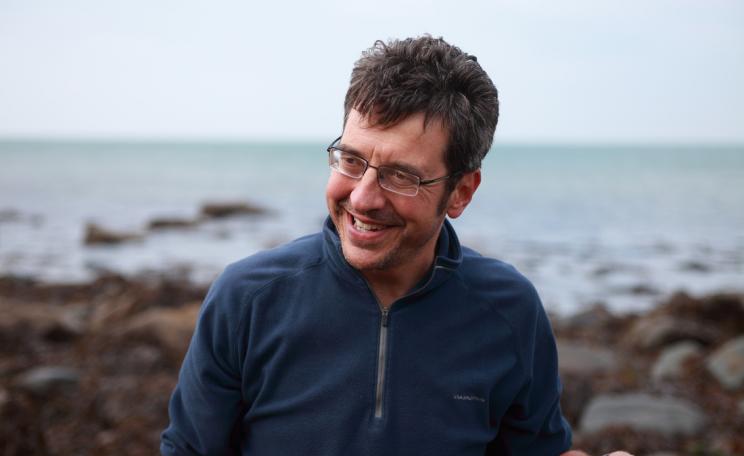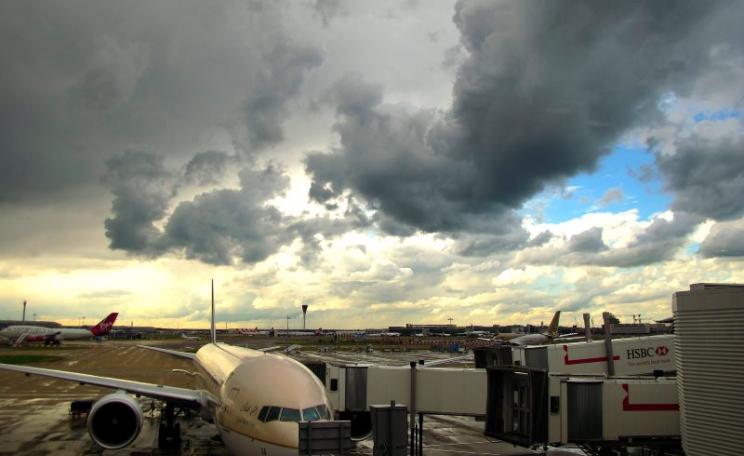Seagrass beds are massive carbon sinks but have been severely reduced in English waters since the industrial revolution.
There were once vast marine meadows beneath our shores, home to a diverse array of marine life and a hidden power.
These meadows of seagrass can absorb 10 percent of the carbon buried in ocean sediment every year, making it a brilliant weapon in the fight to halt the warming of the planet.
However, at least 35 percent of seagrasses worldwide have been lost or damaged over the last 40 years. The Marine Conservation Society (MCS) is on a mission to ‘Save Our Seagrass’.
Impact
The impact of our changing climate is already becoming clear to see in the natural world: floods, storms, bushfires, soaring temperatures and melting ice sheets.
Yet seagrass, a small, flowering plant living in the UK’s shallow waters, could be our secret weapon. It has been estimated that seagrass can absorb and store at least as much carbon per hectare as trees in UK woodlands.
Not only can seagrass absorb carbon and help battle the climate crisis, but it is also a biodiversity hotspot. The UK’s seagrass meadows are home to the two species of seahorse which live in UK waters: the spiny seahorse and the short snouted seahorse. The meadows are also breeding grounds for cuttlefish and sharks, and nurseries for cod, plaice and pollock.
Seagrass beds are massive carbon sinks but have been severely reduced in English waters since the industrial revolution.
Dr Jean-Luc Solandt, Principal Specialist, Marine Protected Areas, Marine Conservation Society said: “Seagrass beds are massive carbon sinks but have been severely reduced in English waters since the industrial revolution. If, through this project, we can create new beds, and enhance existing ones, it will be of a huge benefit to fish and invertebrates.
"It will help secure and grow a habitat that is proven to absorb massive amounts of CO2.”
Recovery
In order to ‘Save Our Seagrass’ and replenish some of the 35 percent of seagrass which has been lost or degraded globally, MCS is working with conservation partners along the south coast of England to tackle recreational pressures which are damaging seagrass meadows to ensure they can thrive once again.
The south coast, a tourist hotspot, is subject to the pressures and effects of large numbers of visitors, alongside the anchoring and mooring of vessels.
The project, LIFE Recreation ReMEDIES, will focus on Marine Protected Areas (MPAs) in the Isles of Scilly, Fal & Helford, Plymouth Sound & Estuaries, Solent and Essex Estuaries Special Areas of Conservation to replace traditional, damaging, anchoring and mooring systems with new systems which limit their impact on the seabed and, as such, on the seagrass meadows.
The project will not only replace damaging anchoring and mooring systems but raise awareness of the environmental damage these older systems can cause and educate the public in how to better safeguard seagrass meadows.
The Marine Conservation Society’s ‘Save Our Seagrass’ appeal is seeking the public’s help and support. A donation to the appeal will help the charity reach the target of £105,000. Funds will help support partners to install over 75 advanced moorings, monitor the effect of the replacements, and raise awareness of the project.
A donation today will support practical action to help our oceans recover allowing seagrass and maerl around the south coasts of England to recover.
This Article
This article is based on a press release from the Marine Conservation Society.







